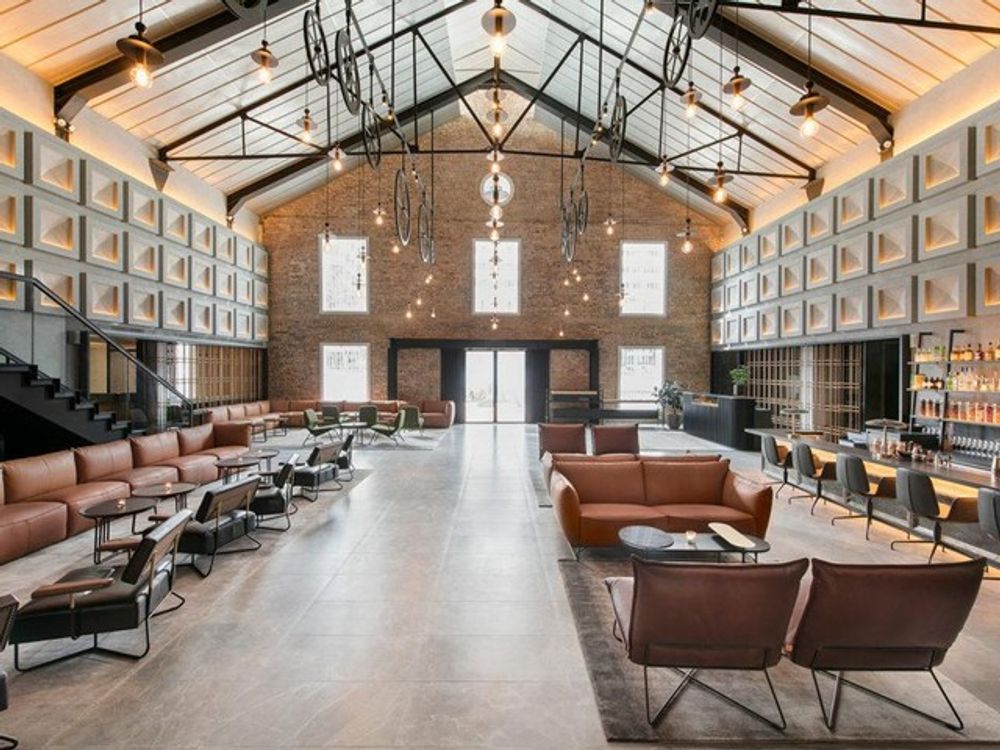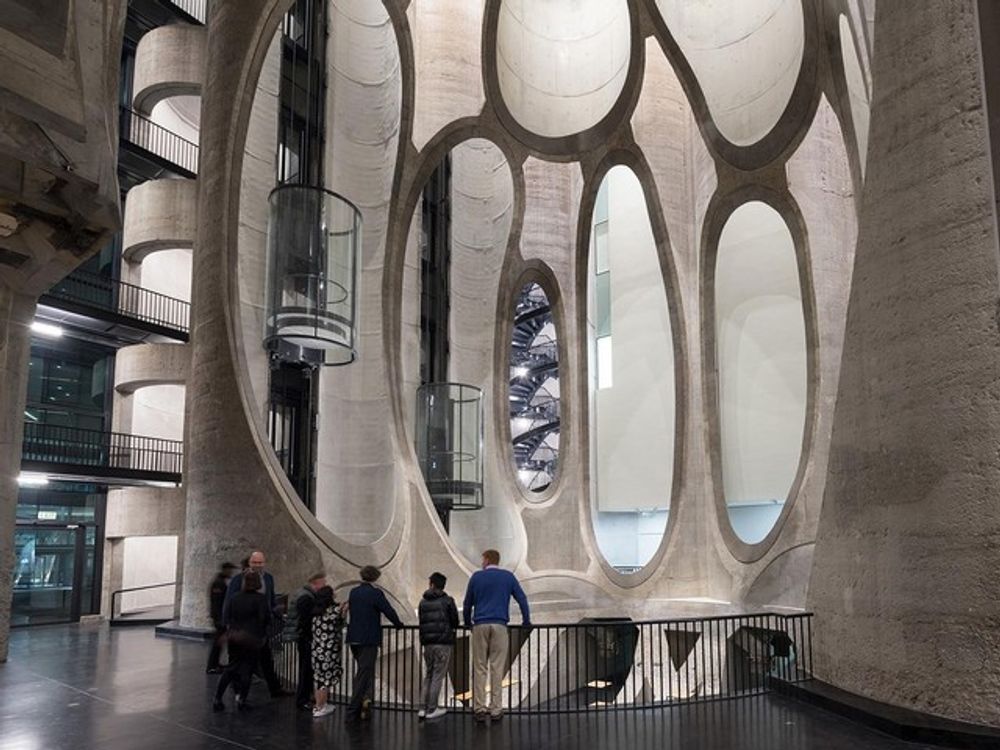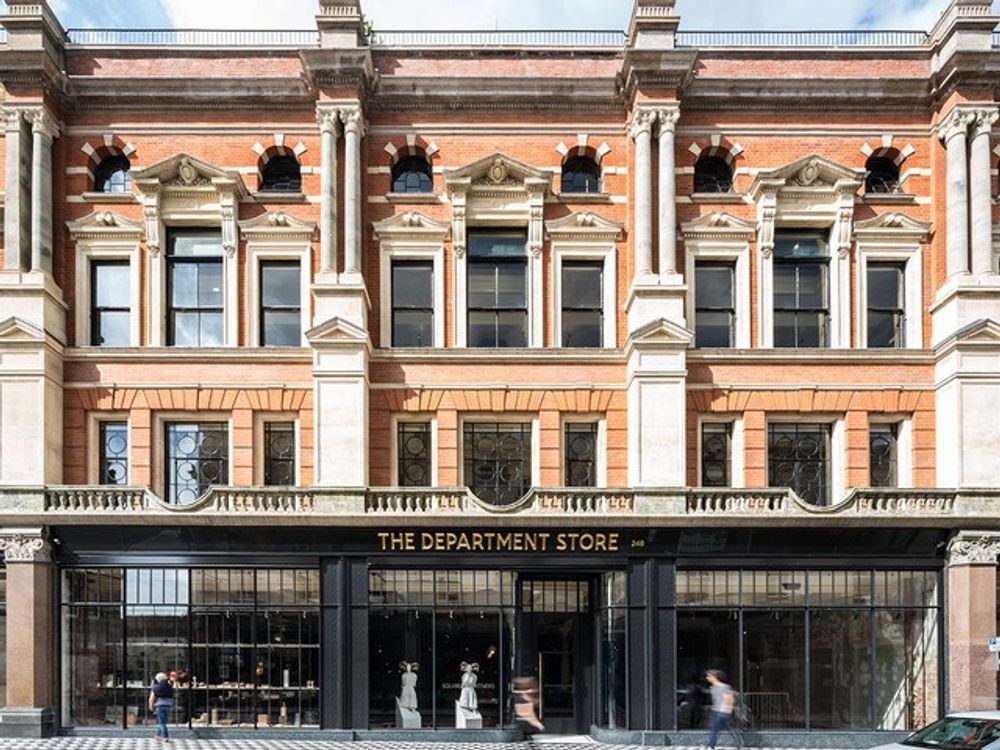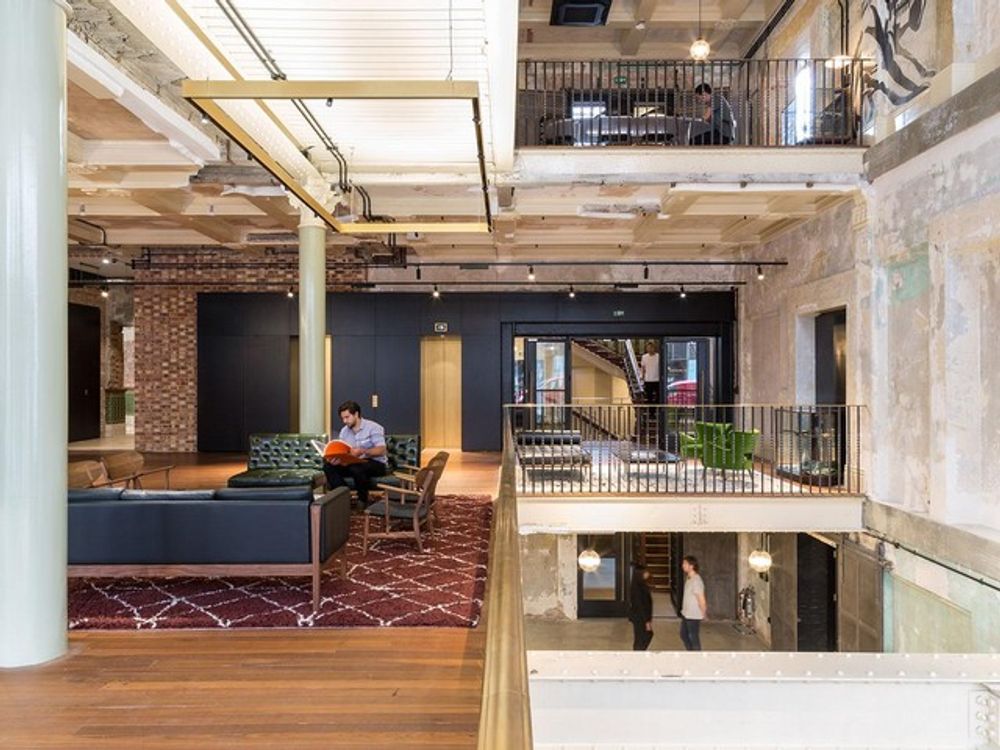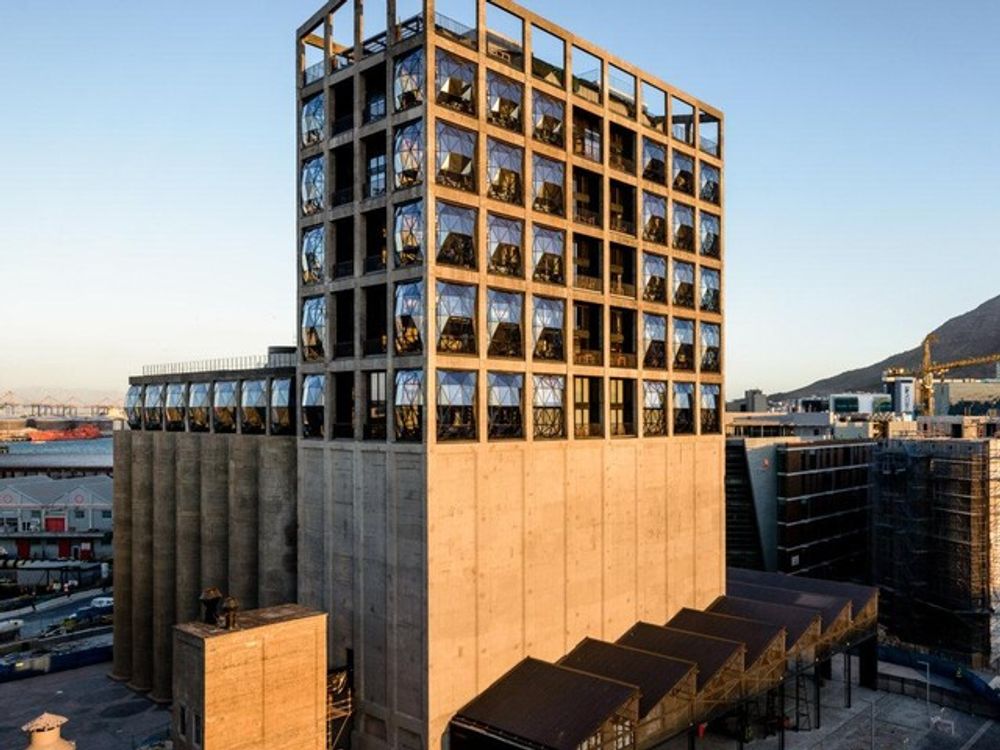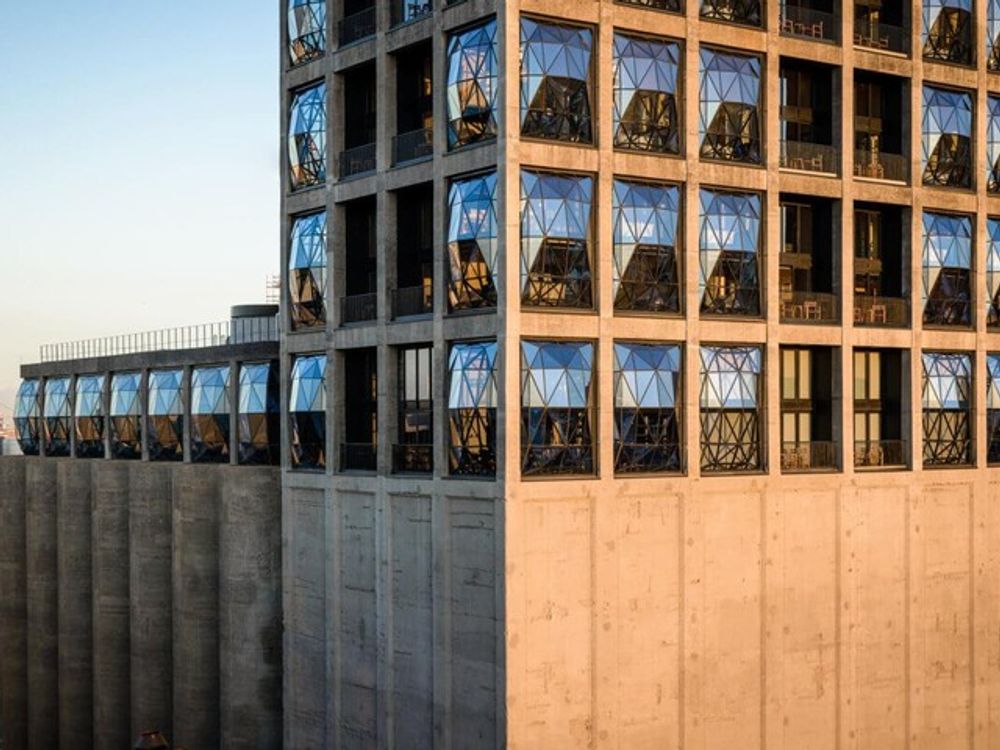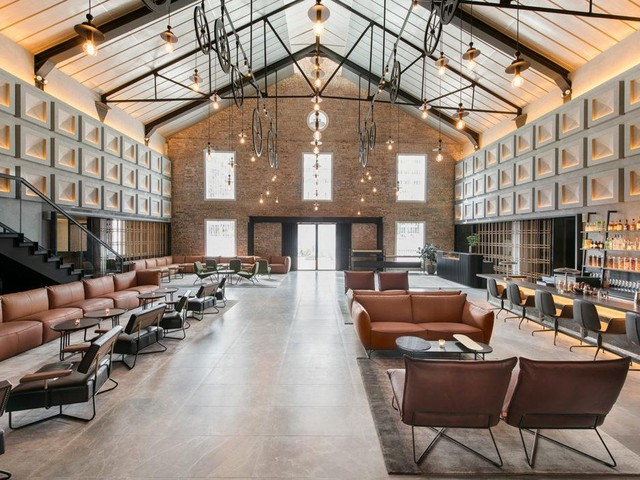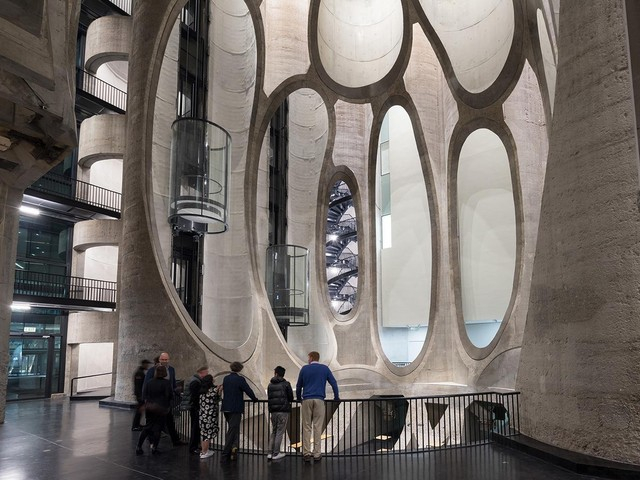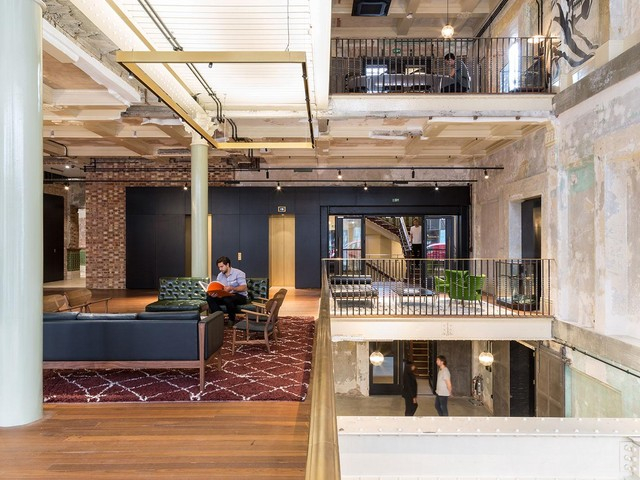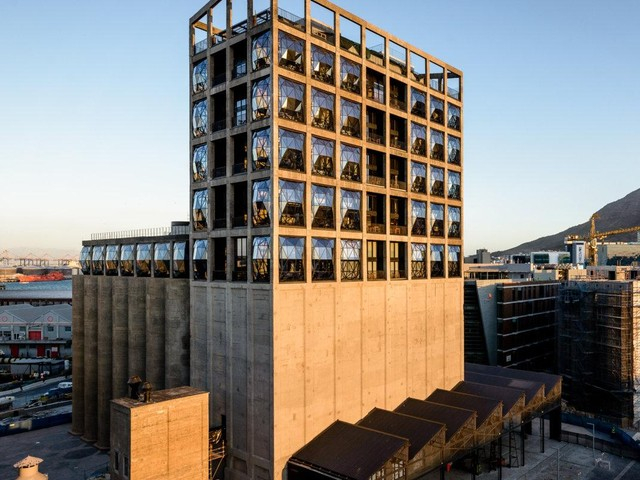It's said that necessity is the mother of invention - and in times of recession, it's most certainly the mother of reinvention.
Enter adaptive reuse, a smart and often cost-effective means of repurposing existing stock in times of market slowdown. Depending on who you ask, the concept may be interpreted in a number of ways. But essentially, it's a way to restore, reimagine and preserve existing infrastructure rather than tearing it down and starting afresh.
Adaptive reuse taking shape in South Africa
Adaptive development is the opposite of 'out with the old, in with the new'. Rather than ground-up development, it's about giving new life and purpose to existing buildings that have often fallen into disuse or disrepair.
There's also a functional impact; it's not just about renovation. In many cases, buildings are given an entirely new purpose as well - for example, abandoned warehouses turned into bustling food markets, or disused factories transformed into trendy co-working spaces. Adaptive reuse is particularly popular in industrial areas or areas undergoing gentrification. It presents the opportunity to restore and preserve beautiful old design and incorporate it into a modern architectural landscape, re-invigorating less desirable areas rather than abandoning them to rack and ruin.
Adaptive reuse is happening more and more abroad, but also right here in SA. We have stunning examples perched on our doorstep, like the newly completed Zeitz MOCAA in Cape Town. The museum was carved out of more than 100 disused concrete silos that made up the Grain Silo Complex - out of use since the 1990s. It's apt that the museum, which houses the world's largest collection of contemporary African art, is something of a masterpiece of architectural reimagining itself.
Breathing new life into formerly dead structures abroad
As is often the case, there's much to be inspired by overseas. Brixton's The Department Store is an Edwardian building built in 1906 that now serves as the offices for Squire & Partners architecture firm. The practice retained some of the building's characterful graffiti and chipped plaster, but also adapted the space to offer contemporary features like events rooms, cafes and a rooftop restaurant.
In Singapore, The Warehouse Hotel is (almost) exactly what is sounds like: an old spice warehouse transformed into a trendy 37-room hotel. Set in the city's red-light district, the hotel's décor is inspired by its illicit past.
Designers retained the building's distinctive shape and industrial feel, opting to incorporate exposed trussed ceilings and polished concrete floors. This type of industrial-inspired design style has become a hallmark of urban redevelopment and is much desired among a certain set of tenants, particularly those in the creative space. Locally, this type of design can be seen in buildings like Salt Orchard in Salt River, where old industrial factories have been converted into creative offices, retail and studio spaces. Here, the letting and tenant mix is overseen by Swindon. In Gauteng, the Maboneng Precinct is a great example of adaptive reuse, bringing renewed interest and appeal to the area.
What's the benefit of adapting your existing property?
While cost savings may be one of the most obvious and compelling advantages of adaptive reuse, that's not where the appeal (or necessity) ends.
Last month we looked at how tenant-centric changes to workspaces are disrupting the market and dictating significant structural change. The current crop of tech-forward tenants needs more than a new kitchen or freshly redone floors. As a landlord, you may find that adapting your space is necessary to meet the latest requirements in terms of design, layout, technology and even recreational needs.
Finding opportunities for adaptive reuse in SA
During slower periods, investors really need to think outside of the building lines and come up with smart ways to derive value from their properties. Given the current recession, we're seeing more movement towards adaptive reuse as investors look for ways to stretch rather than spend their bucks - and in South Africa, there's plenty of scope for it. From failed and half-finished projects to developments in desperate need of TLC, opportunity for adaptive development abounds.
It's worth bearing in mind that not all reuse projects are as cost effective as they might seem at the outset. It's important to be realistic when diving in; the project must make financial sense. Look for opportunities in areas where redevelopment is being encouraged and supported - for example, urban revival projects - or where zoning regulations may have been recently updated to encourage reuse. Also look out for Tax and Urban Development Zones (UDZ), which offer tax incentives to developers. The rationale behind it is to address the issue of urban decay in inner city areas, by maintaining existing infrastructure and encouraging investment in certain properties and zones.
Adaptive reuse is becoming more and more popular, and we believe it's certainly an option worth considering for today's innovative landlords and developers.


